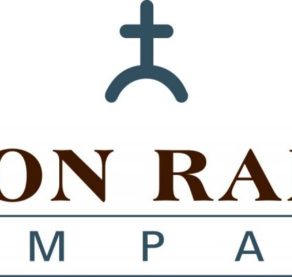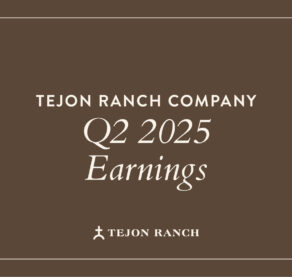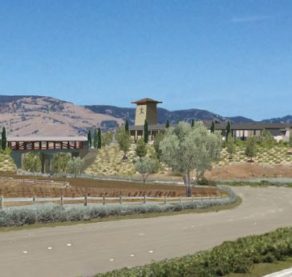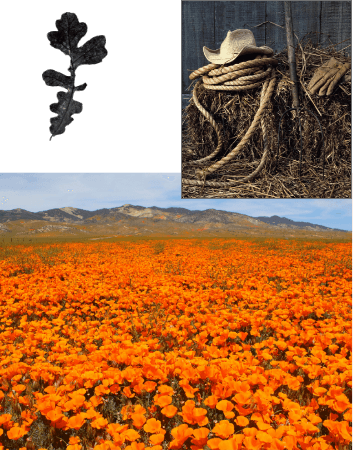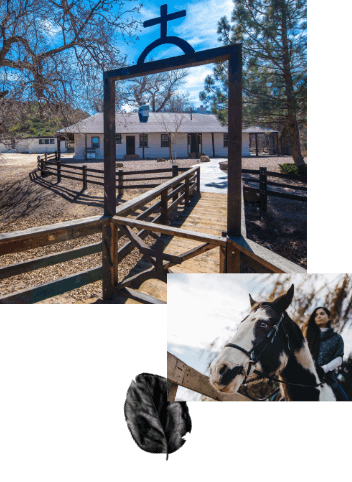Tejon Ranch Proposes Condor Protections
Tuesday, August 10, 2004
Those of us who work at the 270,000-acre Tejon Ranch take our stewardship of this unique and beautiful land very seriously.
By BOB STINE, Bakersfield Posted
Last year we announced steps to ensure that about 100,000 acres of our 160-year old ranch be preserved forever as part of a long-term vision. It includes continued farming, ranching and hunting, as well as limited development of about 5 percent of the ranch.
Coverage of the habitat conservation plan we are pursuing in cooperation with the U.S. Fish & Wildlife Service has not fully explained our decade-old effort to create a protected habitat for the endangered California condor.
The FWS conducted a public meeting to determine issues that should be studied before finalizing plans for the preserve.
The ranch has sought for over a decade to create new protections for the condor. We are offering to establish a condor study area of approximately 37,000 acres that would serve as a long-term preserve. This area will remain in its current condition with only existing ranching and recreation uses allowed.
Priority will be the condor recovery program which can use the preserve for feeding and as a release site.
The habitat conservation plan will likely indicate that future development on the ranch can occur only in areas that are rarely used by the condor.
For example, the proposed Centennial community in the Antelope Valley in Los Angeles County is a flat area not used by condors. The winds there are downdrafts, which inhibit their flight.
The final HCP will contain other significant new measures to protect the condor, including a full-time staff biologist who will have the expertise to monitor condor activities; restrictions on development in areas that might impact the condor; a ban on wind farms and restrictions on new, tall antennae.
As part of the process of establishing an HCP, the law requires an that an “incidental take permit” be secured. This permit is often misunderstood. It does not allow intentional harm to condors. It protects property owners if a condor is accidentally harmed as part of normal, lawful activities identified in the plan. The FWS will prepare an environmental impact statement that analyzes issues and impacts of the plan.
The public will have an opportunity to comment before the agency makes final decisions.
Tejon Ranch has a proud record of solid land stewardship. We are confident that the habitat conservation plan will enhance that proud tradition.
Let there be no doubt: The Ranch is moving ahead with plans for limited development of about 5 percent of the Ranch over the next 25 to 30 years. This development will be far overshadowed by our on-going ranching and farming operations, by our 100,000-acre preserve and by our contribution to the conservation of the condor.
We believe our ranch vision offers a good balance between the need to provide housing, jobs and recreation for Kern County and California, and the need to preserve the legacy of land we are proud to oversee.
The condor HCP is a natural extension of that vision.
